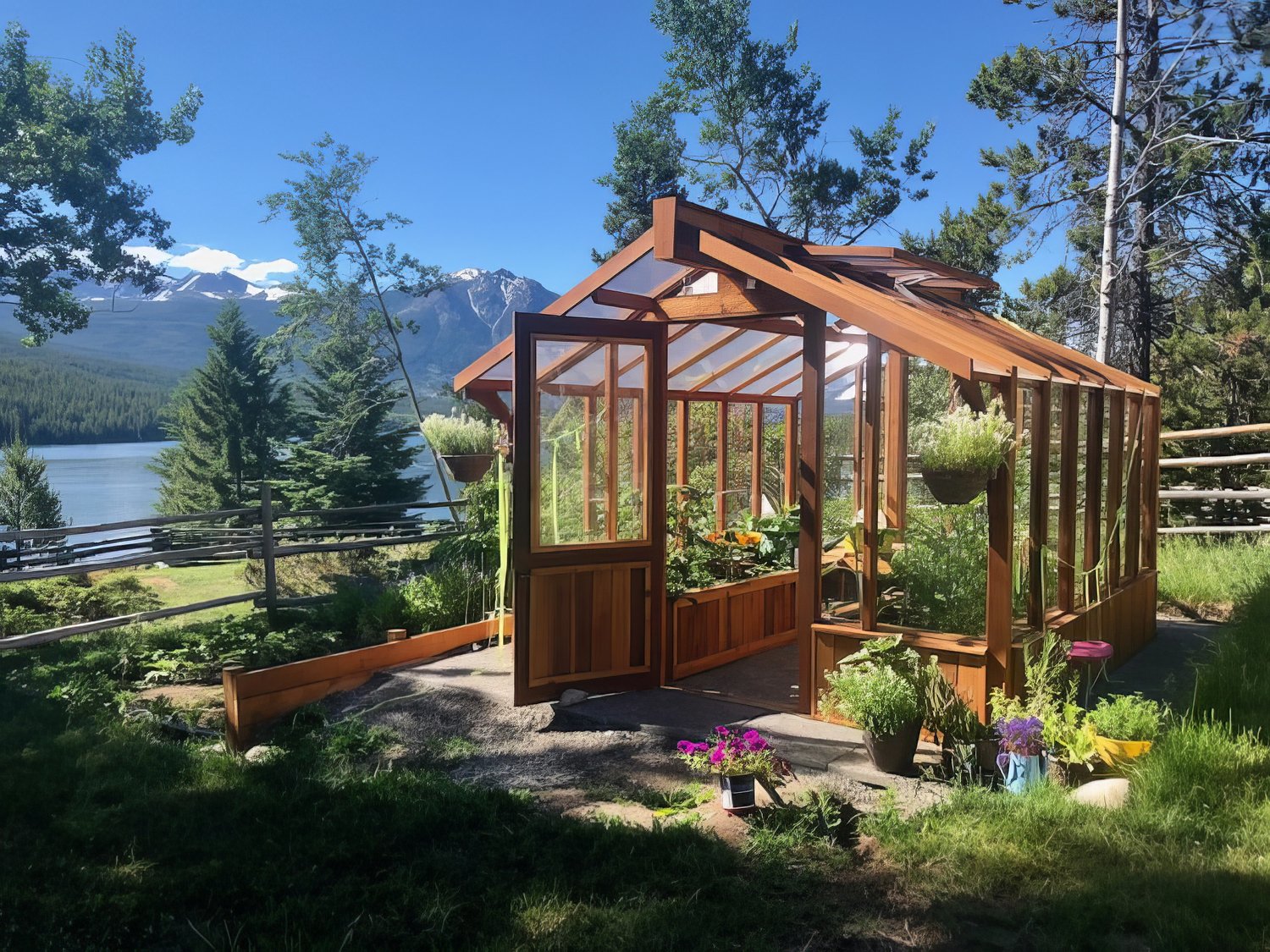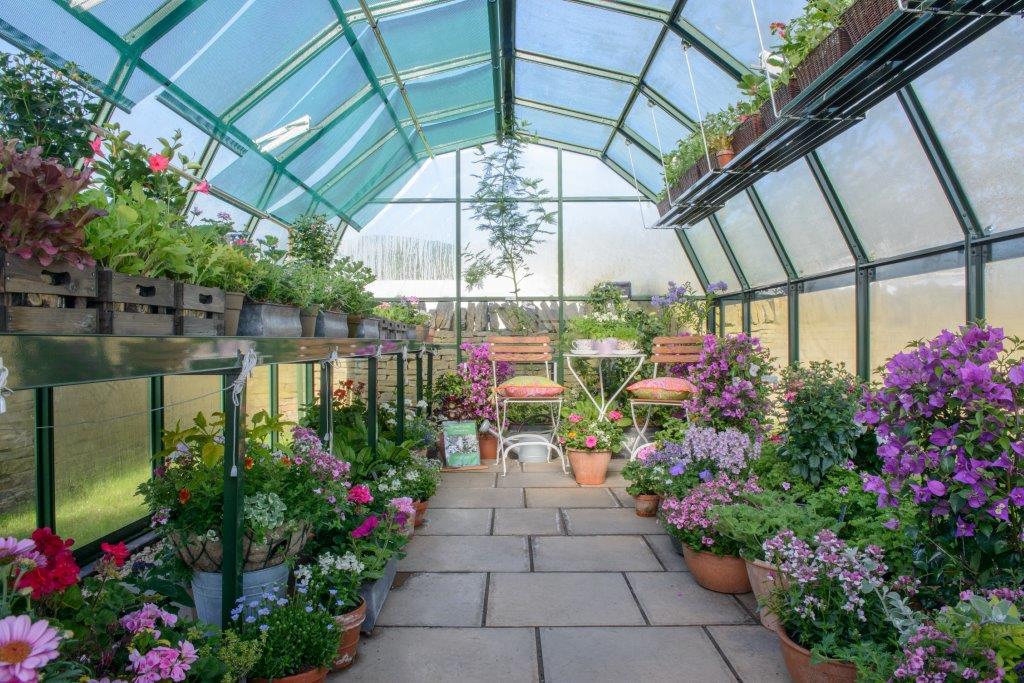Seamless Assimilation: Monarch Greenhouse Installation Utah Professional Touch
Wiki Article
The Future of Greenhouses: Innovations in Sustainable Agriculture
Are you interested regarding the future of greenhouses and how they are changing lasting farming? From advanced climate control systems to upright farming strategies, water-efficient irrigation methods, renewable power combination, and smart data analytics, these developments are changing the way we grow our food.Advanced Environment Control Systems
To attain optimal growing problems, you can depend on the developments in greenhouses with sophisticated environment control systems. These systems have reinvented the way we grow crops, giving a regulated environment that contributes to plant development. With these cutting-edge systems, you can now manipulate temperature, humidity, light levels, and even carbon dioxide focus to produce the ideal conditions for your plants to flourish.One of the key features of these sophisticated environment control systems is their capacity to regulate temperature level. By making use of sensing units and automated controls, the greenhouse can change the temperature based on the certain requirements of the plants. This ensures that they are never ever exposed to severe warmth or cool, which can be harmful to their development.
Humidity control is one more essential element of these systems. By maintaining the perfect humidity levels, you can stop concerns such as mold and mildew, mold, and illness from affecting your plants. These systems can likewise control the quantity of light that gets to the plants, making sure that they obtain the optimum quantity for photosynthesis.
Moreover, advanced environment control systems can also adjust carbon dioxide concentrations. By raising the degrees of CO2 in the greenhouse, you can enhance plant development and efficiency. This is particularly useful in locations with reduced all-natural carbon dioxide degrees.
Vertical Farming Strategies
One essential upright farming method is using stacked expanding systems. Piled expanding systems are typically made use of in metropolitan locations where room is restricted.One popular technique is known as vertical hydroponics, where plants are expanded in nutrient-rich water without dirt. This strategy is extremely effective as it decreases water usage by approximately 90% contrasted to typical farming approaches. In addition, because the plants are expanded indoors, they are protected from pests and diseases, minimizing the need for chemicals.
An additional method is aeroponics, which involves putting on hold the plant origins in a haze or air environment. This approach permits optimal nutrient absorption and oxygenation, leading to faster development and higher returns. Aeroponics additionally uses less water than typical farming and can be applied in upright systems, making it a popular choice for upright farming.
Water-efficient Irrigation Methods
Maximizing water conservation is important when it comes to executing water-efficient irrigation techniques in sustainable agriculture. With international water scarcity ending up being a pressing issue, it is crucial to develop ingenious strategies that optimize water usage in greenhouse procedures.One encouraging approach is drip irrigation, which delivers water straight to the plant roots, decreasing waste and dissipation. By utilizing a network of tubes with tiny emitters, water is applied slowly and specifically, making certain that plants get the essential wetness without excess overflow.
An additional effective strategy is the use of soil wetness sensors. These devices gauge the dampness web content in the soil and provide real-time information to farmers. By checking the dirt's moisture degrees, farmers can accurately figure out when and how much water to use, avoiding over-irrigation.
Moreover, the execution of rainwater harvesting systems is gaining popularity in greenhouse agriculture. Gathering rainwater from roofs and keeping it in tanks enables farmers to utilize this natural deposit for watering functions, lowering dependence on typical water sources.
Last but not least, the adoption of automated watering systems can dramatically enhance water performance. These systems utilize sensing units to find dirt dampness levels and weather, adjusting irrigation schedules appropriately. By optimizing water usage based upon actual plant demands, these systems can decrease water waste and advertise lasting farming methods.
Renewable Power Combination
Eco-friendly energy integration in greenhouses offers several advantages, consisting of decreased operating prices and lowered reliance on non-renewable energy resources. The produced power can then be made use of to run various procedures within the greenhouse, such as ventilation, lights, and heating systems. These turbines harness wind power and convert it into power, which can be used to supplement the energy requirements of the greenhouse.Smart Data Analytics and Automation
To boost the performance of your greenhouse procedures and maximize source utilization, consider carrying out clever information analytics and automation. Smart information analytics involves gathering and analyzing data from various sensing units and gadgets within your greenhouse. By keeping an eye on aspects such as temperature, moisture, light levels, and soil dampness, you can acquire beneficial insights right into the health and growth of your plants. This information can help you make notified choices about changing ecological problems, optimizing watering timetables, and avoiding possible issues before they emerge.
Automation, on the various other hand, involves using innovation to automate jobs that were formerly done by hand. This can consist of automating the control of lights, air flow, watering systems, and nutrient delivery. By automating these processes, you can ensure that your plants receive the best conditions and nutrients at the ideal time, without the demand for consistent hand-operated treatment. This not just conserves you effort and time yet additionally lowers the threat of human mistake.
Furthermore, smart information analytics and automation can collaborate synergistically. The information gathered by sensors can be used to inform automated systems, permitting them to make real-time changes based upon click here to find out more the present conditions. This integration of information analytics and automation can cause a lot more accurate and efficient resource allocation, inevitably causing higher yields and far better crop quality.
Verdict
Finally, the future of greenhouses in sustainable agriculture looks promising. With innovative climate control systems, vertical farming check my source methods, water-efficient watering approaches, and renewable resource integration, greenhouses are coming to be much more ecologically pleasant and effective. Furthermore, the usage of clever information analytics and automation further improves efficiency and decreases waste. These innovations are paving the means for an extra sustainable and reliable agricultural market, guaranteeing a greener and much healthier future for all.
By maximizing water usage based on actual plant needs, these systems can decrease water waste and promote sustainable farming methods.

Report this wiki page